10 church history sites near Salt Lake City to visit in winter
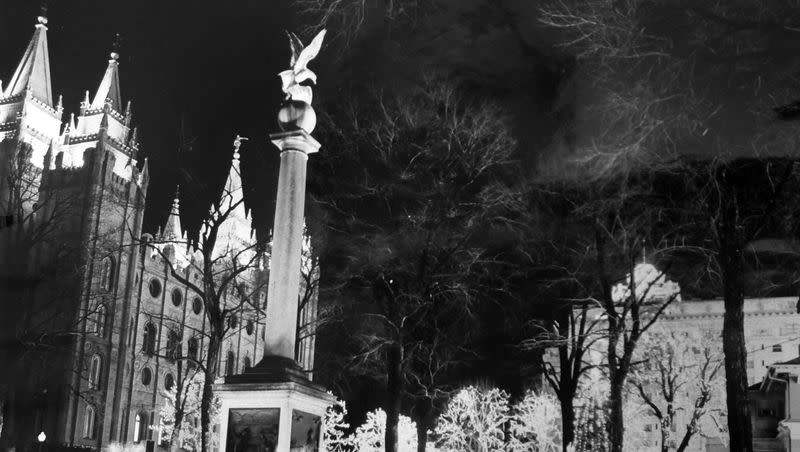
- Oops!Something went wrong.Please try again later.
After waking early to shovel my driveway a few crisp Sunday mornings ago, I made my way up to the much larger church parking lot — a bit daunted with my single snow shovel in hand. I was almost giddy when my neighbor pulled up on his four-wheel-drive ATV, sporting a king-sized plow on the front and an industrial snowblower strapped to the back.
More enthusiastic brothers arrived, and soon we made short work of the winter’s snowfall. Setting my snow shovel down, I looked over the Salt Lake Valley, wondering what winter was like in 1847, when pioneer settlers were waking up and striking a fire to warm their hands. Did the pioneers have to shovel their driveways, too?
According to history, this winter is about as mild as it was 176 years ago, the year after the Saints arrival in the Salt Lake Valley. Elder Parley P. Pratt wrote in February 1848, “The winter was mild and pleasant, several light snows and severe frosts; but the days were warm, and the snows soon melted off.”
Even with our down puffy jackets and windproof gloves to ward off the cold, it can be tempting for many of us today to simply stay home and avoid doing anything until spring. For those who aren’t into skiing to beat the cabin fever, there are many things one can do to beat the winter blues and remember the legacy of Utah’s pioneer past. Discovering what life was like in Utah, long before skis or snowblowers, is one of my favorites.
Here is a list of 10 places you can go during the winter to stay warm, and learn a bit about Utah and pioneer history:
1. Temple Square
Yes, Temple Square might look like a giant erector set right now, but there are still plenty of things to see. The west end is open with beautiful walking paths and numerous flower beds just waiting to be planted. Adjacent to that, the earthquake-proofing restoration of the temple itself is a fascinating process to behold, and will be for at least another two years.
In the meantime, the egg-shaped Tabernacle is one of the great pioneer-era structures to be built in the 1800s. Completed in 1867, it only took four years to build, and its utterly unique architecture houses one of the largest pipe organs in the world. You access the Tabernacle from the west gate, and next to it in the northwest corner you’ll also find newly constructed walking paths, and a new granite building with a lobby and bathrooms.
The Assembly Hall right next to it is another remarkable structure, completed 15 years after the Tabernacle. Although temporarily closed, its Gothic Revival style features the original stained glass windows, pioneer murals on the ceiling, wood painted to look like marble, and another massive pipe organ.
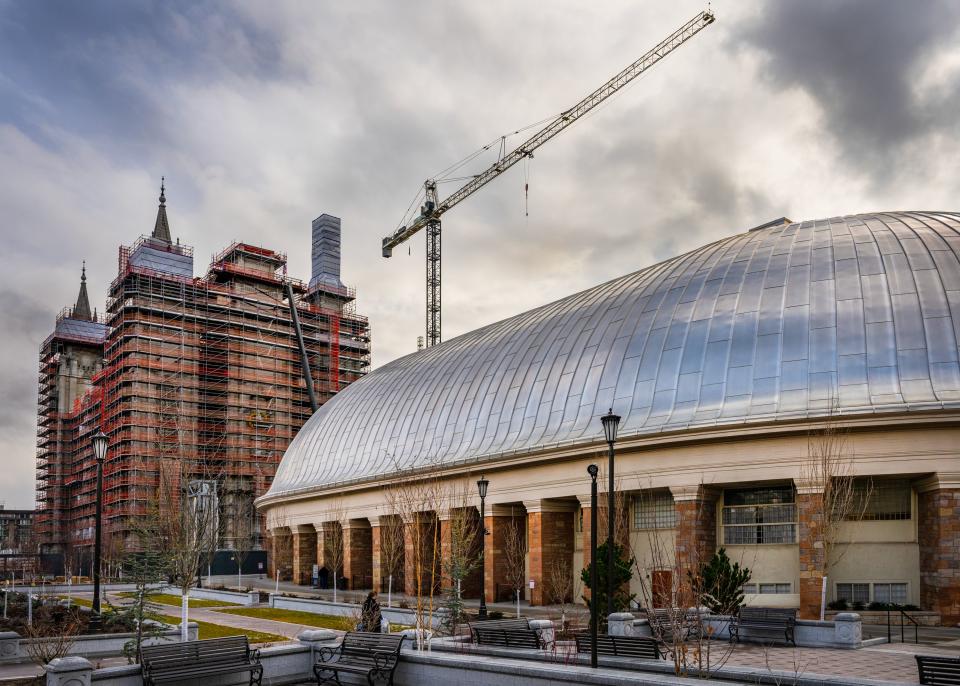
The Tabernacle is currently still open for organ recitals — and is free to the public. Hours are Monday–Sunday from 10 a.m. to 8 p.m. Guided and self-guided tours are also available. Call 801-240-8945 for more information.
2. The Church History Museum
What better way to learn a little pioneer history than at the Church History Museum. Just west of Temple Square, this expansive museum houses both temporary and permanent exhibits that speak of the founding and growth of the restored Church of Jesus Christ throughout the world. The immersive and cinematic First Vision theater tells the story of Joseph Smith that started it all.
Historical treasures and art collections are featured throughout, and interactive exhibits are available for the younger historians in your family. There’s even a quaint gift shop where you can purchase art, games, sculptures and other items to decorate your home.
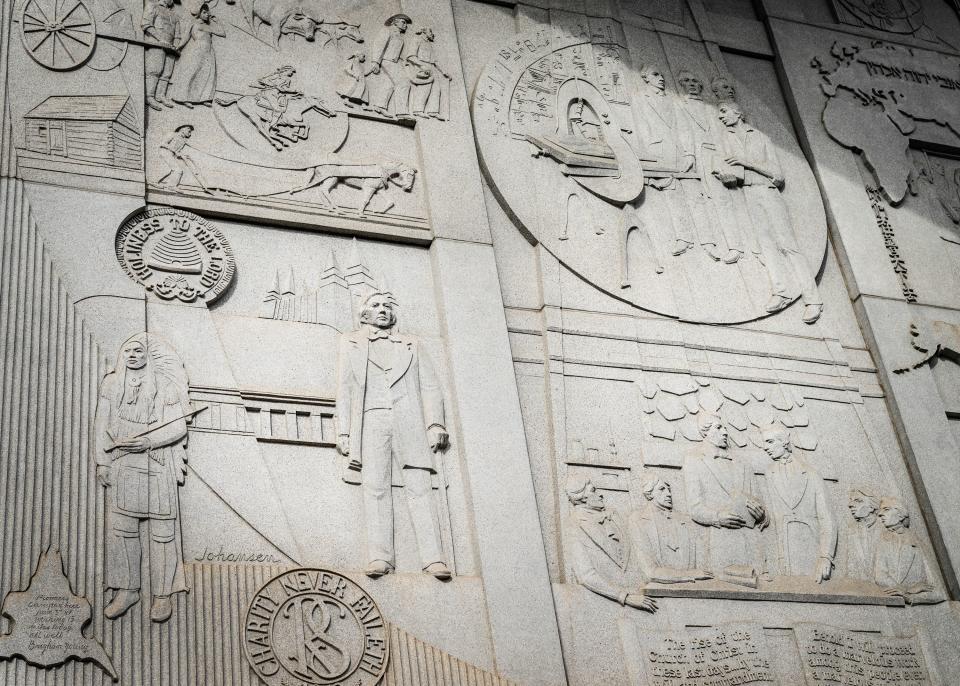
The Church History Museum is free to the public, and open on Mondays 10 a.m. to 6 p.m., Tuesday–Thursday 10 a.m. to 8 p.m., and Friday–Saturday 10 a.m. to 6 p.m. Call 801-240-3310 for more information.
3. The Deuel Log Cabin
Sitting right next to the Church History Museum is one of only two remaining log cabins that were built when the pioneers first arrived in 1847. In these homes, the pioneers managed to create their own version of coziness. “The opening of the year found us and the community generally in good, comfortable, temporary log or adobe cabins,” Pratt wrote in his autobiography. “Here life was as sweet, and the holidays as merry as in the Christian palaces and mansions of those who had driven us to the mountains.”
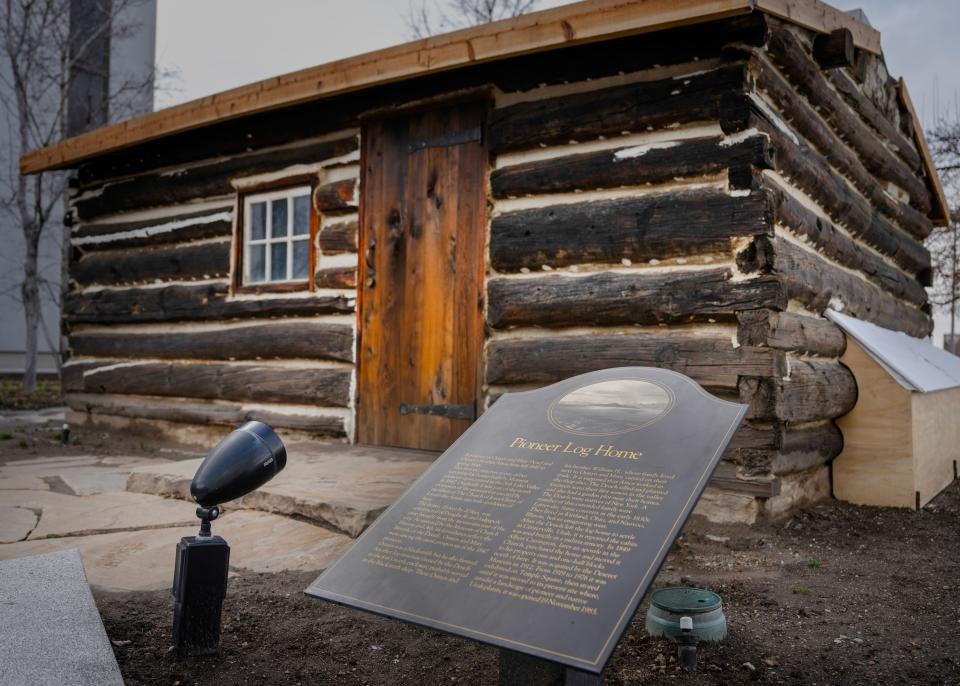
It’s hard to imagine a pleasant winter for the two brothers, along with their families, who lived in this particular one-room abode — which is about the size of a small bedroom in a modest home. The cabin is under renovation due to the roof leaking, so the door is locked, and the authentic pioneer furnishings have been removed, but the tiny lodgepole pine structure still makes a big impression — offering a sense of what home sweet home would have been like when the first pioneers settled in the Salt Lake Valley.
4. The FamilySearch Library
Did your ancestors make their way across the plains by wagon or handcart? A few steps south of the Deuel Log Cabin is the FamilySearch Library, where you just might find the answer. Through classes, webinars and personal instruction, explore your family tree with access to millions of records, and a knowledgeable staff that’s more than happy to help.
A family friendly and interactive area is available for the young ones, and they even have self-serve equipment for digitizing your own photos, tape recordings, floppy discs, home movies and more. If you like history, this is a great place to start learning your personal history, and preserving it as well.
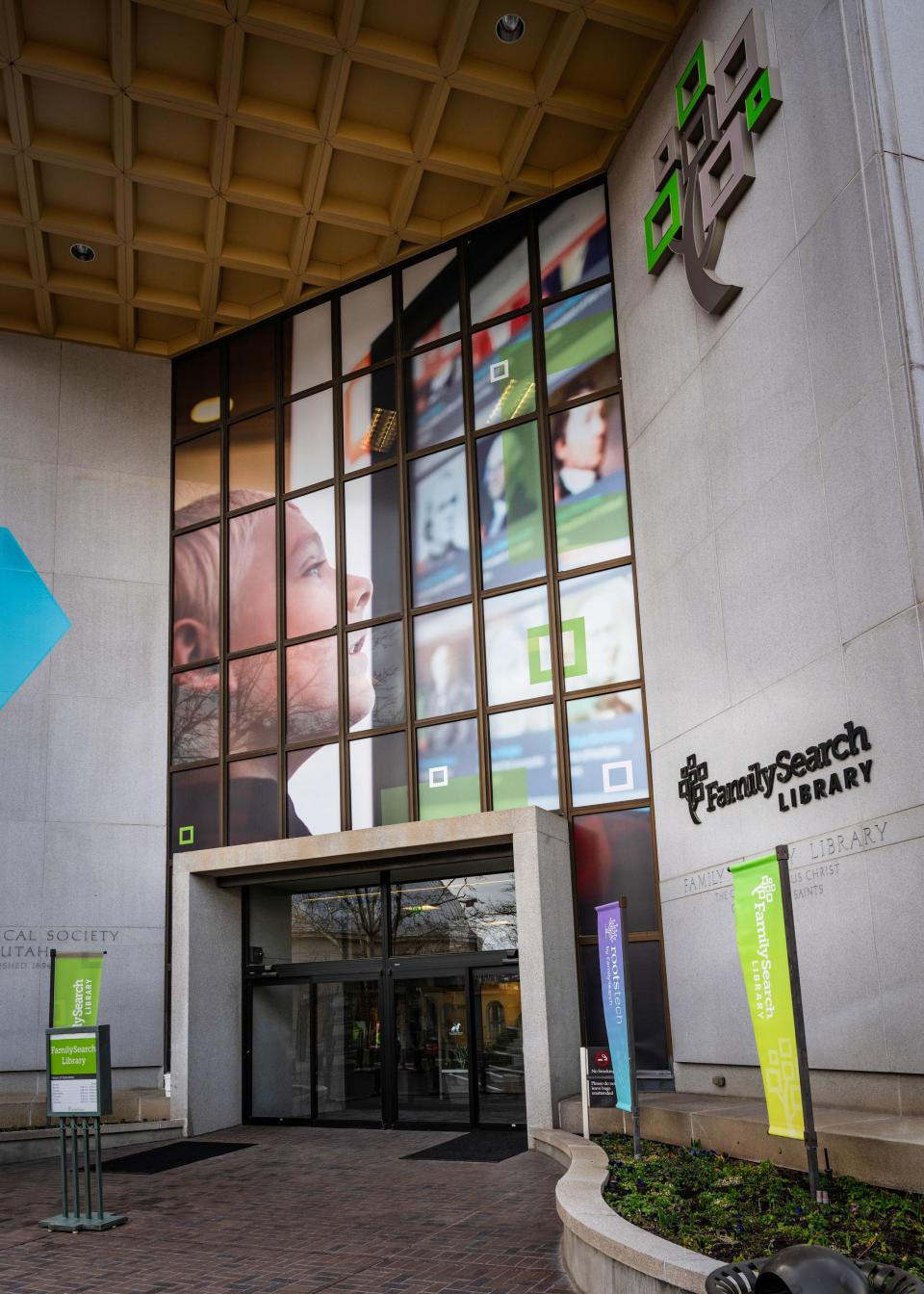
The FamilySearch Library is free to the public, and is open on Mondays 9 a.m. to 6 p.m., Tuesday–Thursday 9 a.m. to 8 p.m., and Friday–Saturday 9 a.m. to 6 p.m. Call 801-240-6996 for more information.
5. Daughters of Utah Pioneers Museum
This substantial museum features a large collection of documents, guns, quilts and other pioneer-era artifacts, including Brigham Young’s wagon. It is dedicated to honoring the names and achievements of the men, women and children that founded Utah. You can even research, write and submit your own pioneer history if you have one.
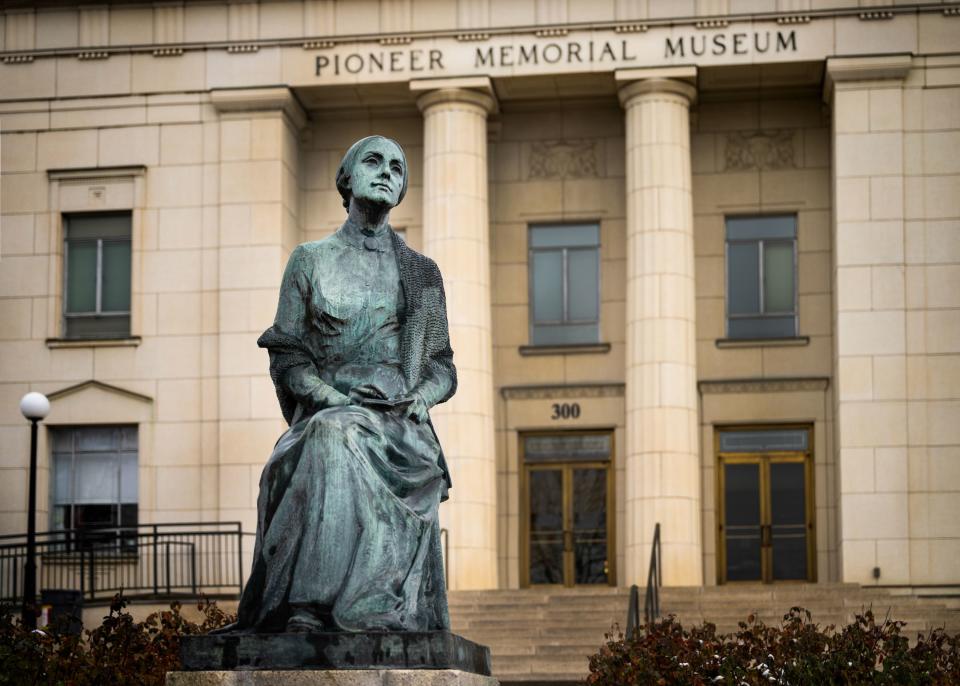
Located just west of the Capitol building, the museum is open to the public and admission is free. Operating hours are Monday–Friday 9 a.m. to 4:30 p.m. Call 801-532-6479 for more information.
6. The White Memorial Chapel
Originally located in the avenues, this little chapel, rebuilt on the southeast corner of the Capitol grounds, was first constructed in 1881, and was the first chapel in the valley to have a steeple. It is also the location where the Church of Jesus Christ launched the first Sunday School program, and the first Boy Scout Troop in Utah. Designed by the architect who also built the Assembly Hall, it features gothic stained glass windows and buttresses.

The historic chapel is now used primarily for weddings and other events and is not open to the general public, but you can call 801-538-3074 to arrange a tour, Monday–Friday from 8 a.m. to 4:30 p.m.
7. Welfare Square
Although technically not from the pioneer era, Welfare Square has a historical intrigue of its own. Located several blocks southwest of Temple Square (780 W. 800 South), it was built in the 1930s during the Great Depression, to help struggling families meet their basic needs to sustain life. The square features food production facilities, employment and training services, storage facilities and distribution services. On your visit, you can watch a short film on the history of the church’s welfare program, and tours are available that include sampling foods and beverages that are made for those in need.
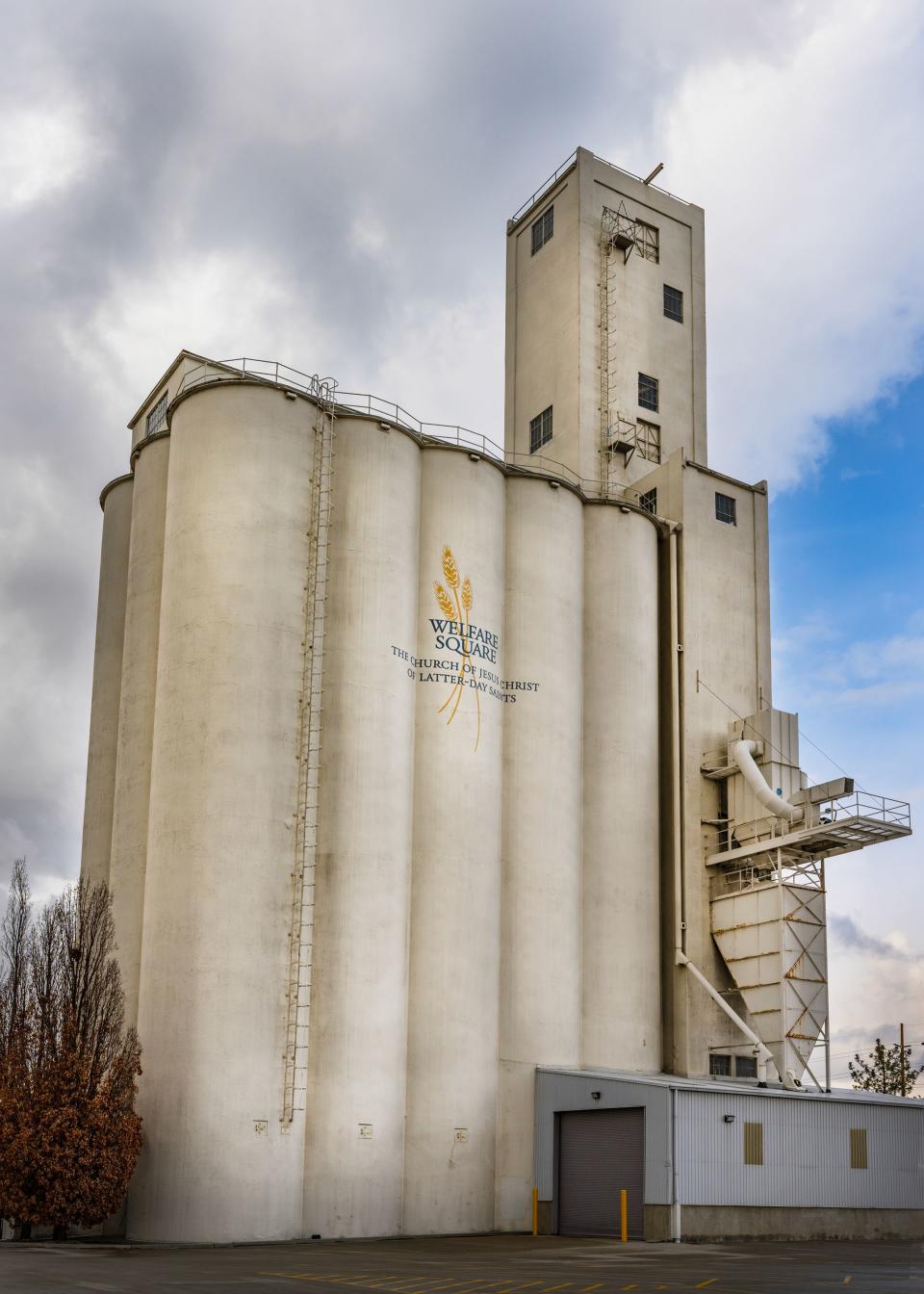
Tours are free and available daily — except holidays — from 10 a.m. to 4 p.m. Call 801-240-3001 for more information.
8. This is the Place Heritage Park
During the winter, admission prices are significantly reduced to $5 per person if you want to visit this immersive historical landmark. Site of the second of only two original log cabins built in 1847, This is the Place Heritage Park is a terrific setting to get a sense of what it was like to live in pioneer times during the cold months of winter.
Self-guided sites and walking tours are available, with good food cooking at the Huntsman grill during the day. An amazing gift shop, built like a 19th-century sugar mill, is open Monday–Sunday as well, where you can buy anything from coonskin caps, to Utah art and designer jewelry. A train also operates during the winter with weather permitting.
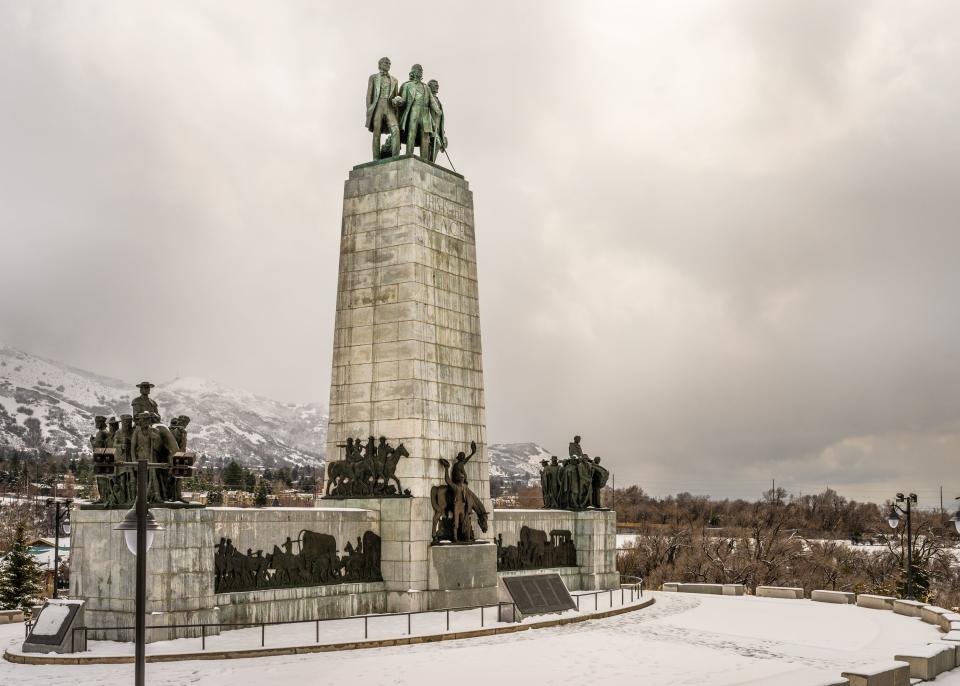
The current operating hours are: Heritage Village — Monday–Saturday 10 a.m. to 5 p.m.; Pioneer Center — Monday–Sunday 9 a.m. to 5 p.m.; Gift Shop — Monday–Sunday 9 a.m. to 5 p.m. Call 801-582-1847 for more information.
9. Tooele Pioneer Museum
A short distance from Salt Lake City, this lesser-known museum holds many Native American and pioneer artifacts, displayed in exhibits that give one a feeling of what it was like to live in Utah in the 1800s. This quaint little museum boasts one of the largest Native American artifact collections in the state. Here you can see baskets, pottery, arrowheads, corn and more. The museum also features many rare photos, historical maps, books and documents. As a bonus, a beautiful Daughters of Utah Pioneers Museum is located right next door to the Tooele Pioneer Museum.
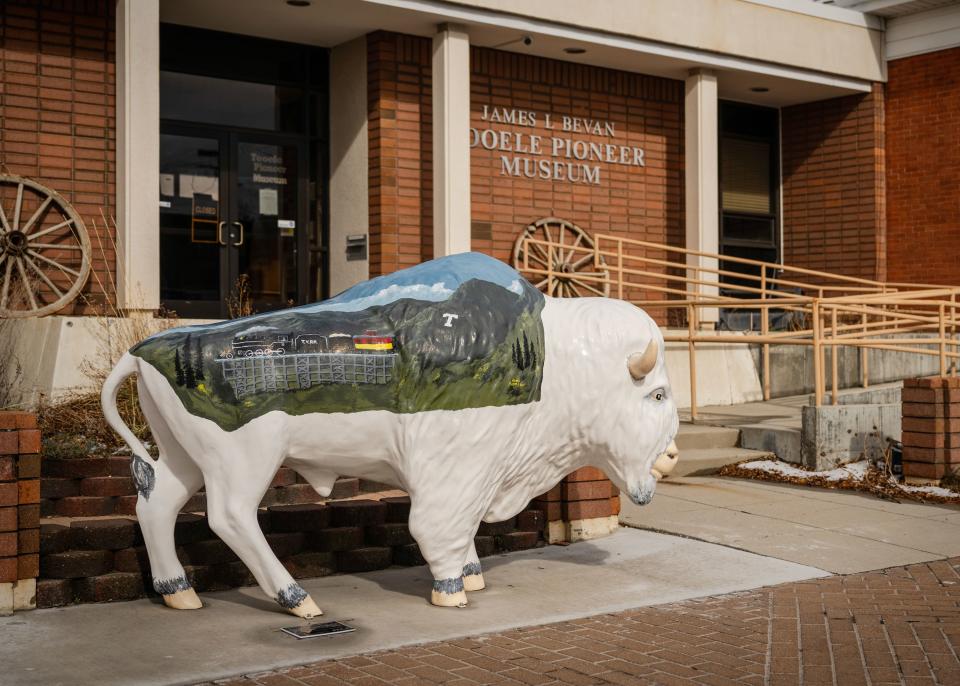
The Tooele Pioneer Museum is open during the winter on Tuesdays from 10 a.m. to 1 p.m. (also Friday and Saturdays in the summer). But, you can call and they will be happy to arrange a time for a visit on another day of the week. Admission is free, and you can call 435-882-3168 to make an appointment.
10. The Museum of Mormon-Mexican History
Venturing out even further, this unique family-owned museum, located in Provo, has a mission to collect and preserve the history of the Church of Jesus Christ in Mexico. Originally located in Mexico City, it was moved to Utah in 2011. The exhibits tell the stories of the early Latter-day Saint colonies in Mexico. The museum features copies of the first Book of Mormon translated into Spanish, and Mexican newspapers that document the history of the church in Mexico.
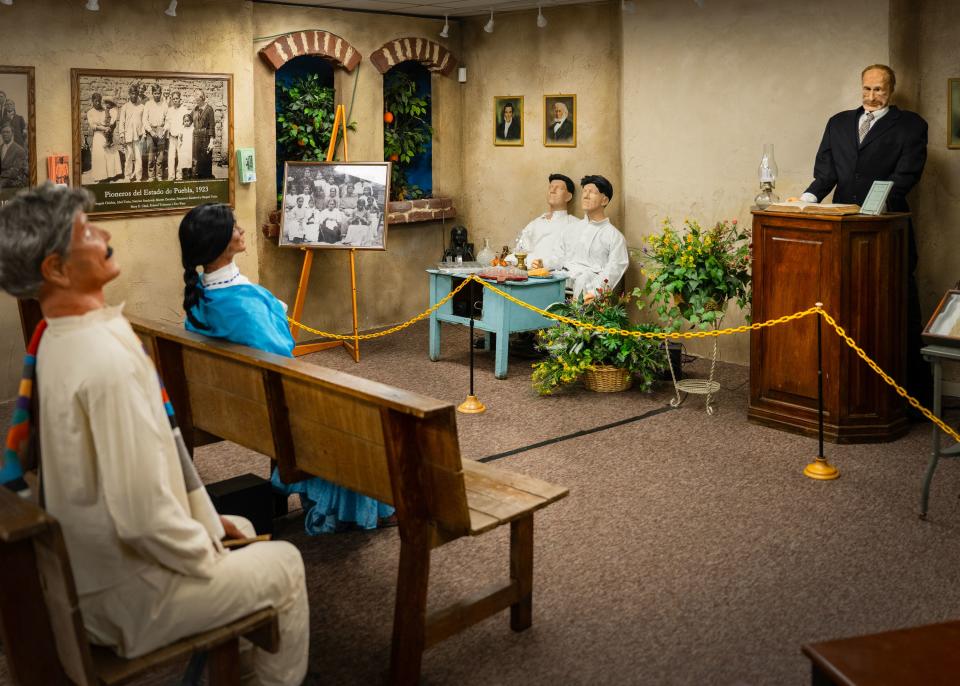
The museum is open Tuesday–Saturday from 2 p.m. to 6 p.m., and Saturdays from 10 a.m. to 6 p.m. Admission is free. And the displays and art gallery are available to enjoy by tour or self-guided tours.
Learning a little Utah pioneer history is a great way to spend the short winter days. It reminds me of how challenging life might have been back then, and how good life can be today, even if I do have to shovel my driveway from time to time.
Eric C. Bunch is a writer, director and photographer based in Salt Lake City, specializing in documentary work and fine-art photography. He is a recipient of the Tele Award, the ARDY Award and a three-time award winner of the 48 Hour Film competition.

